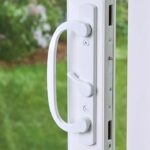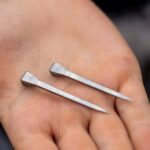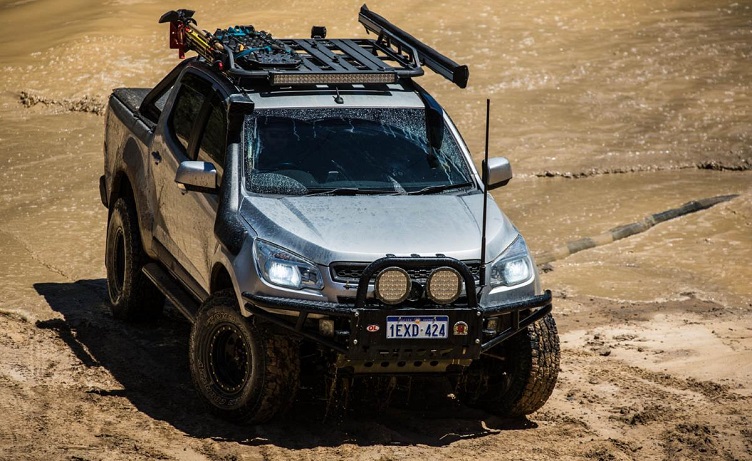
When taking your Holden through the Australian outback, having additional protection in the form of an extra pair of off-road lights is not only recommended but essential. That’s simply because there are various animals, such as kangaroos, that may be a little bit too keen to jump right in front of you to say hi. Not just animals, but corners, bends, debris and other obstacles can also cause huge problems if you don’t see them and collide, leaving you stranded in the middle of nowhere with no help in sight.
Off-road lights come in many different configurations, meaning you can get a pair that are ideal for the type of driving you commonly do and are within your budget. You can pick between various designs, shapes, sizes, power sources, optics, light beam patterns, circuitry, colour temperatures, materials, reflectors and internal components. Having to take all of these factors into consideration when choosing the best off-road lights from a reliable Holden aftermarket parts store may seem burdensome. However, there are just a few factors that you’ll need to consider to get a pair that will serve you for years on end.
Types of Off-Road Lights Based on the Type of Bulbs
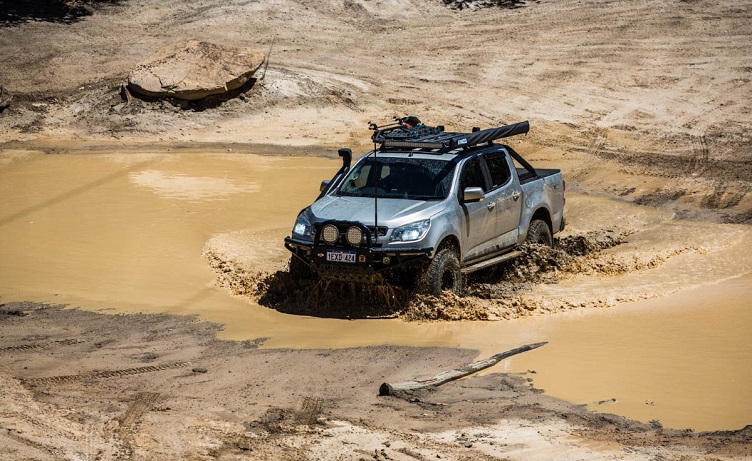
There are three basic types of off-road lights based on the type of bulb they use – Halogen, HID and LED. Halogen lights are the most affordable option, but they aren’t the most energy-efficient type, nor the brightest or most durable. That being said, if you’re on a tight budget, you may end up opting for such lights, but if you can spend an extra buck on LED or HID lights, then you definitely should consider them instead. HID lights are superior to halogen lights in every regard, but they’re also more expensive. And then, there are LED lights – the most advanced type available nowadays, and they’re the most energy-efficient, powerful and durable option out of the three. LED lights can provide you with over 50.000 working hours, and they boast excellent shock and vibration absorption properties.
Types of Off-Road Lights Based on Beam Pattern Configuration
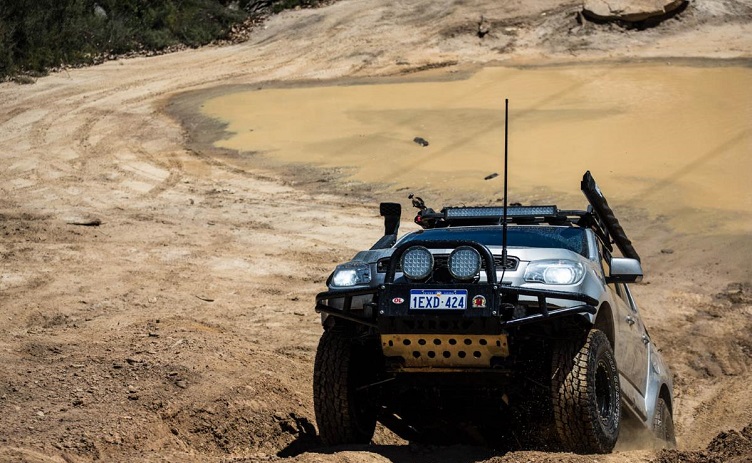
Depending on the type of beam pattern the lights emit, off-road lights can be categorised as floodlights, spotlights and combo lights. Floodlights provide a wider beam, anywhere from 40 to 120°, but they don’t have a far reach when compared to spotlights. Spotlights have a narrow beam that can reach long distances due to their high light output. Lastly, combo lights provide you with the best of both worlds but they’re obviously the most expensive choice that you’ll find in Holden aftermarket parts stores.
Placing the Off-Road Lights
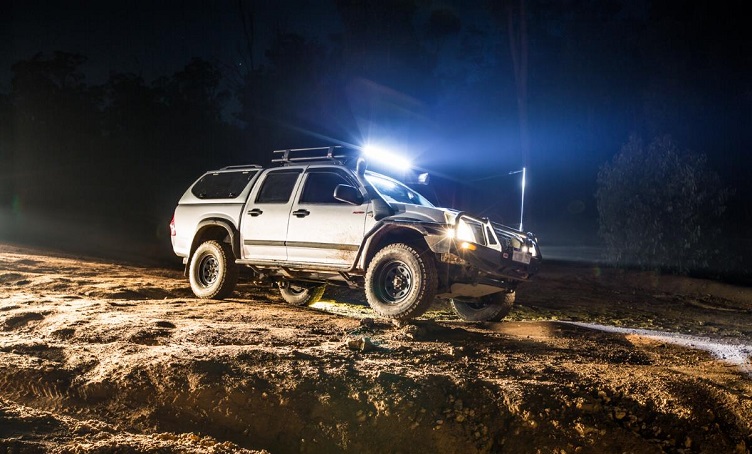
Deciding where you’ll want to place the off-road lights will help you decide the ideal type of lights for you. You have three common locations to choose from – above the windshield, below the windshield, and on the front bumper. Placing the lights above the windshield is the most popular option, due to the fact that it produces optimal illumination output and it creates a pretty cool look. On the downside, the installation part can be slightly complicated. Placing the lights below the windshield can work well if you’re installing smaller pods or bars. In most cases, installing the lights there won’t require any extra mounts. And installing them on the front bumper will complement your Holden’s headlights. The installation will be easy, which is why many beginners opt for this option.
Picking the Right Colour Temperature
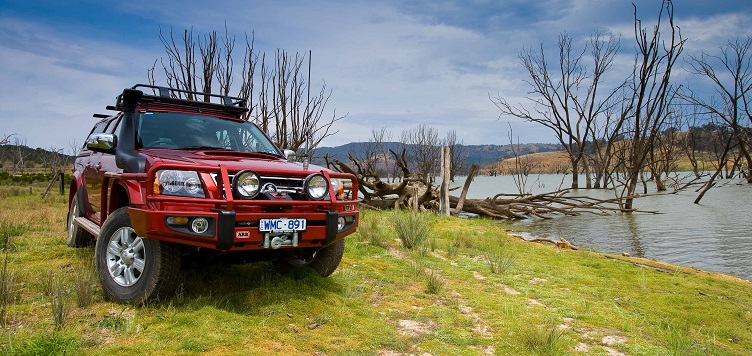
In some conditions, white lights will perform better, whereas in other conditions you might want amber lights. Generally, amber lights perform better in foggy, rainy, dusty or snowy conditions as they cut through airborne particles better than white lights do. However, white lights appear much brighter in ideal driving conditions. Colour temperature is measured in Kelvin, and lower values of around 2500K to 4000K are warmer (amber/yellow), whereas higher values of around 4000K to 7000K are colder (white/blue). High colour temperatures have shorter wavelengths, resulting in light reflecting off or bouncing off of particles in the air.
Consider the Brightness Level
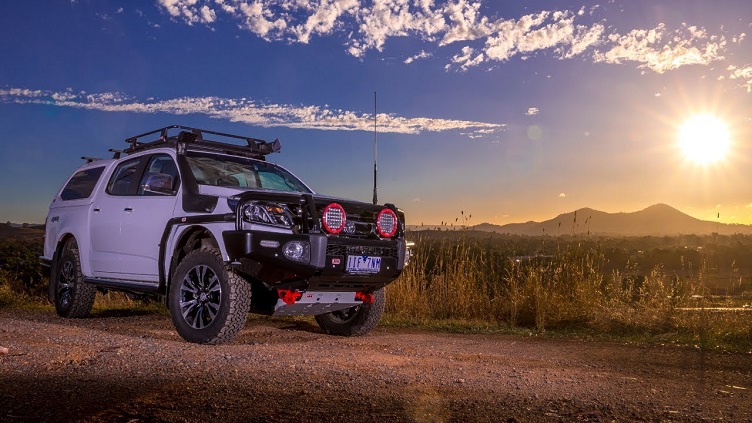
The brightness level is measured differently depending on the type of bulbs the lights feature. For instance, the brightness of halogen and HID lights is measured in watts, whereas the brightness of LED lights is measured in lumens. Typically, the more powerful the lights are, the more energy they require. However, the brightness level is also impacted by things such as optical and electrical efficiency, meaning that you should look for lights that are made by reputable manufacturers with a proven record of producing quality off-road lights with quality optics and lens.
Consider the Build Quality
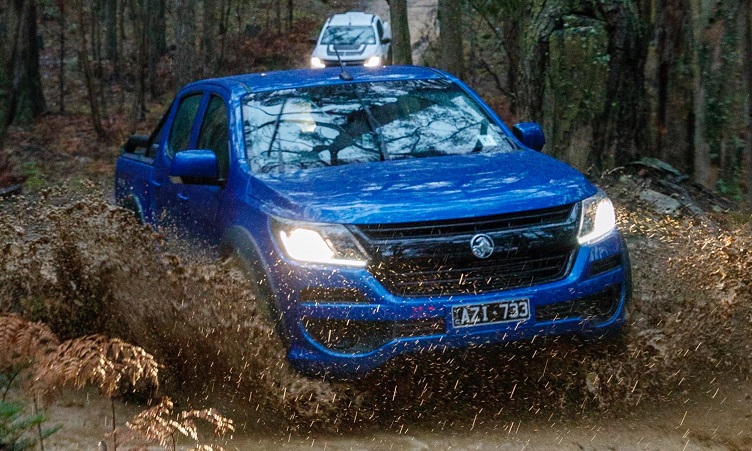
Make sure the off-road lights you go for are made of materials that can withstand the tough conditions that are associated with off-road environments. Some of the features you should look for include durable and scratch-resistant lenses, a high waterproof rating of above IP67, aluminium or better housing and mounting hardware, and optional stone guards. Nowadays, you can come across various lights labelled as ‘off-road’ but not all of them can withstand constant vibrations, the elements, and heavy impacts.

